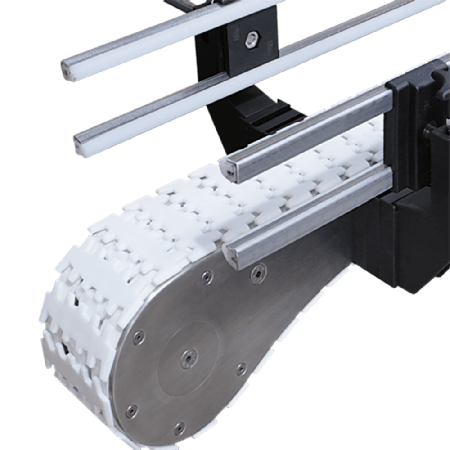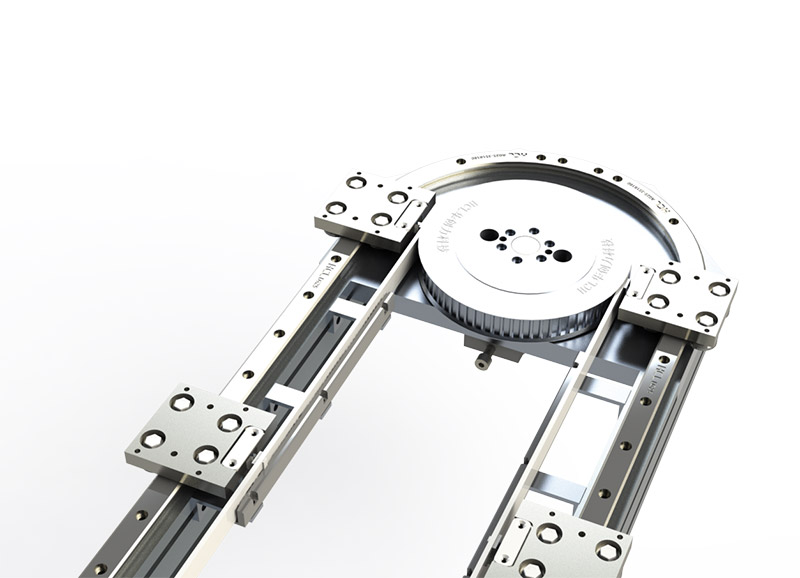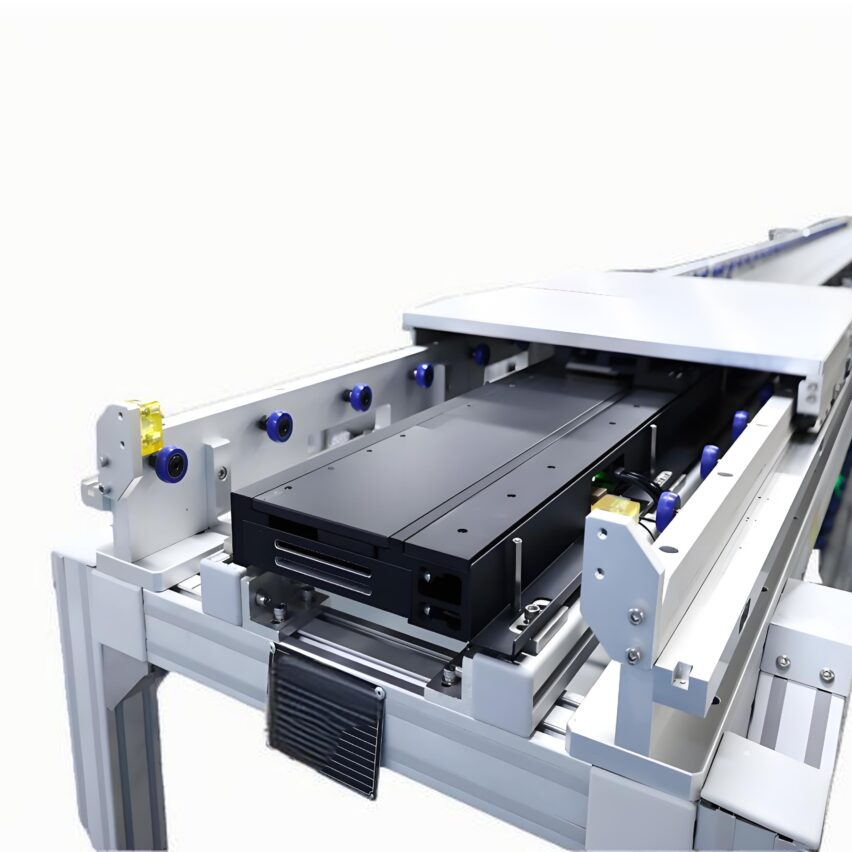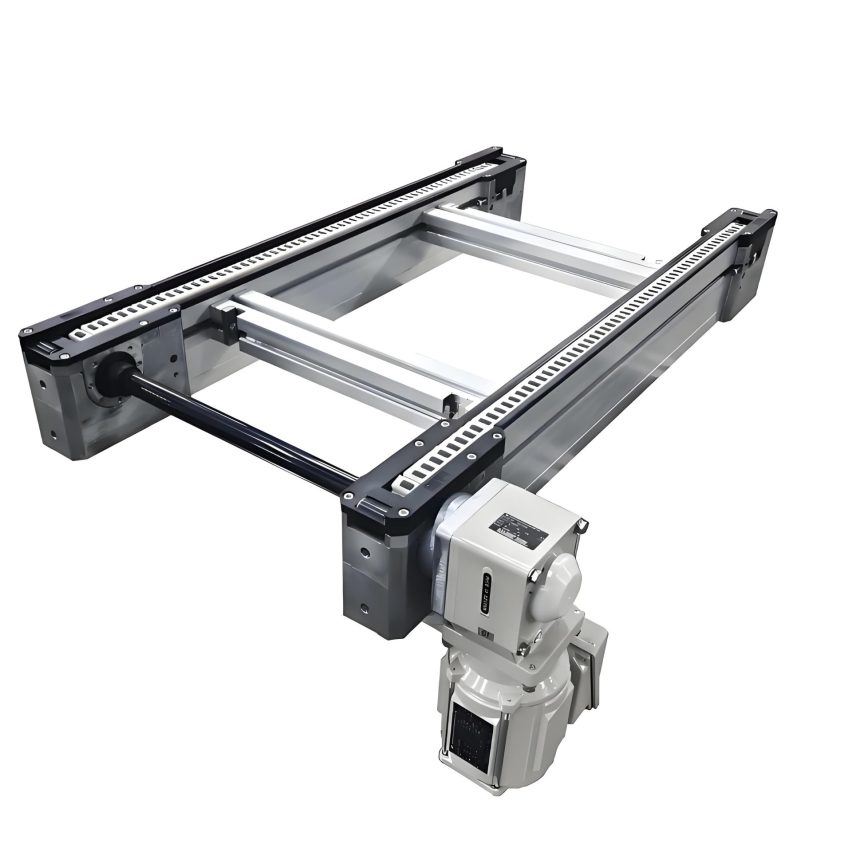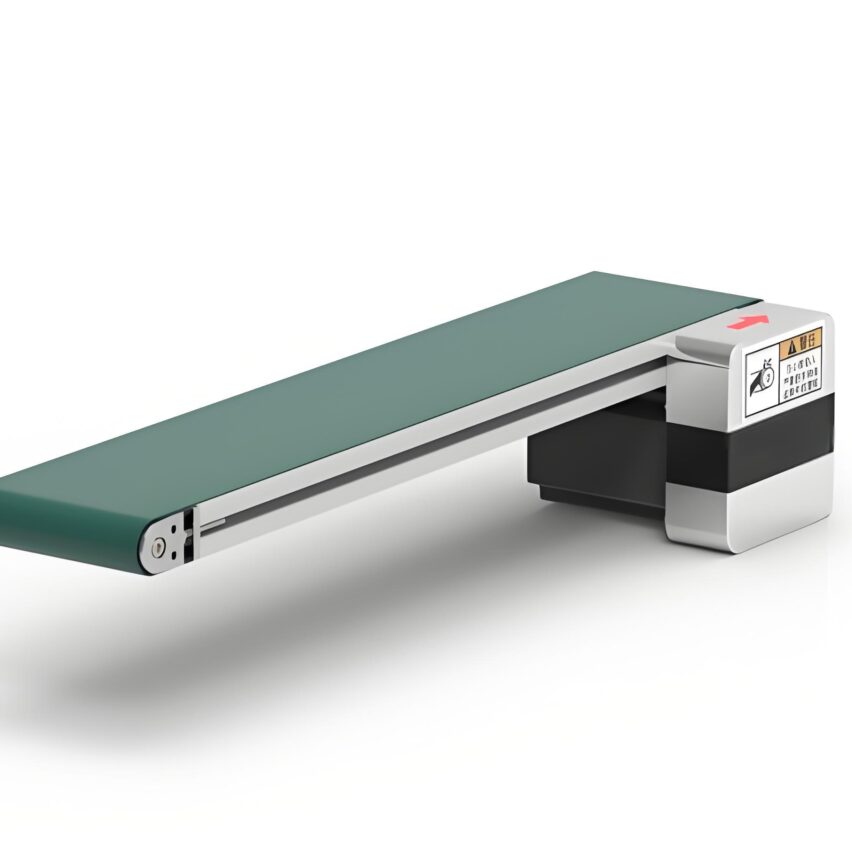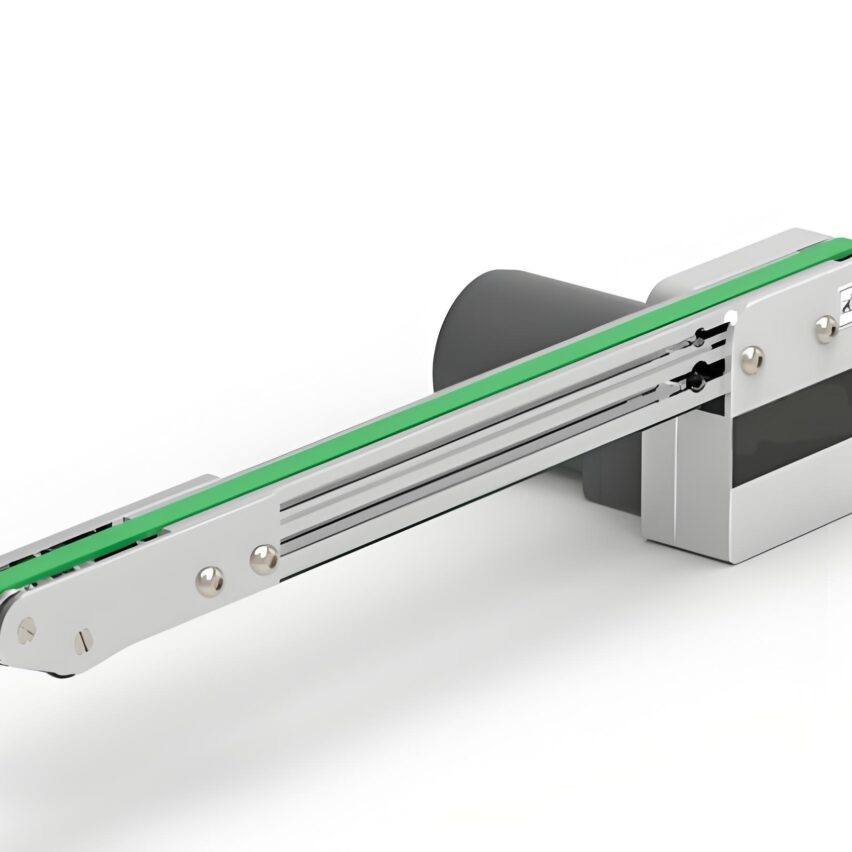At a time when the cost of industrial land is soaring, double-layer multiplier chains are known for theirVertical cycle architecture of "upper production + lower return"It reconfigures the law of efficiency in factory space - it is not only a physical upgrade of material handling, but also an optimal matching solution of productivity and space resources.
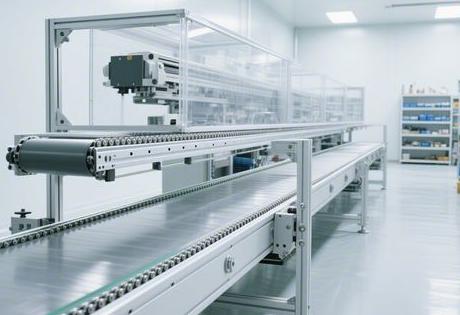
I. Spatial Folding: Cracking the "Land Shortage" Dilemma in the Manufacturing Industry
The core breakthrough of the double-layer speed multiplier chainIt is about transforming flat extension into three-dimensional superposition and multiplying space utilisation:
- upper production layer: Load-bearing plates are designed toTriplex chain (D/d=2)Conveying workpieces, the measured speed is up to 6m/min (base chain speed 2m/min), which meets the demand of high beat rate such as automotive welding and electronic assembly;
- lower return layer: Closed-loop return of empty workpiece plates driven by independent motors.Save 50% flat footprintIt is particularly well suited to the compact layout of micro plants;
- Precise docking of the handler: Pneumatic jacking mechanism error ≤ 0.5mm, eliminating manual handling 15% time loss and solving labour shortage pain points.
personal viewpoint: Conventional single-layer multiplier chains require an 8-metre turning radius, whereas double-layer structures are designed withspace foldingCompressing the return path into a vertical direction - this strategy of "exchanging mechanical complexity for spatial redundancy" - is exactly how land-scarce cities are made to survive.
II. The Physical Language of Multiplier Chains: An Efficiency Leap Driven by Diameter Differences
1. Mathematical expression of the principle of doubling speed
The mystery of the growth rate of the workplace board isDifference in diameter between roller (D) and roller (d)::
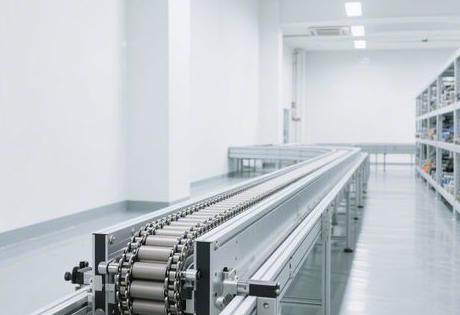 Image Code
Image Codegraph LR A[chain speed v0] --> B (roller diameter d) B --> C [roller diameter D] C --> D{{work plate velocity v=(1+D/d)v0}}Failed to generate, ask another way
▲ Diameter ratio D/d determines the speed doubling effect
- 3x speed realisation: When D = 2d, v = 3v0 (example: 2m/min → 6m/min);
- Heavy Duty Compromise DesignWhen carrying 1.2 tonnes of automotive parts, it is necessary to increase the diameter of the rollers (d ≥ 25mm), sacrificing the speed of increase for stability.
2. Mechanical synergies in the circulatory system
- Core Components for Board Return Machines::
- Power module: drive chain/belt + motor + frame;
- Ejector module: pneumatic cylinder + linear guide + counterweight block (load >200kg need counterweight);
- Reinforcement of resistance to off-set loads: Hollow support columns divert 60% pressure to a free-standing steel frame.Chain force drop 60%.;
- Hydraulic buffer limitersThe impact force of the workpiece is attenuated by 60% compared with the mechanical limit, which ensures the safety of the precision electronic components.
III. Industry empowerment matrix: cross-border adaptation from 3C electronics to new energy sources
realm Pain Point Cracking Programme Effectiveness Enhancement 3C electronic assembly Anti-static PVC workpiece ±90° rotating module AOI Inspection False Judgement Rate ↓90% Automotive Welding Heavy duty triple speed chain + alloy steel chain (tensile 2000MPa) Load 1.2 tonne frame, deflection <1mm Pharmaceutical packaging 304 stainless steel chain + UV sterilisation lamps Microbial residue <0.05CFU/cm² food processing 150°C resistant engineering plastic wheel + food grade grease Baking line downtime ↓65% Exclusive data: After importation by an air-conditioning plantConveyor line downtime reduced from a monthly average of 8 hours to 0.5 hoursBut warning: non-standard modules account for >30% will lead to a surge in maintenance costs 35% - excessive customisation is the invisible killer of long-lasting operation.
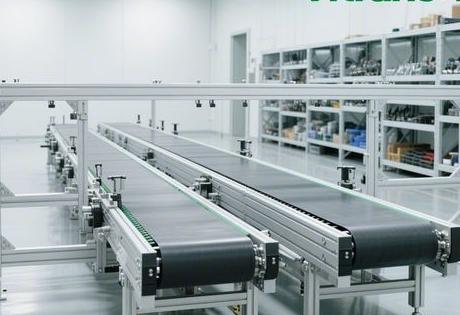
IV. Intelligent control: data flow-driven conveyor nerves
1. Dual closed-loop dynamic regulation
- tacho loop: Inverter compensates current fluctuation in real time, speed deviation ≤ 5%;
- position loop: RFID positioning + PLC synchronised blocker, timing error ≤ 0.1s.
2. Pre-maintenance technological breakthroughs
- digital twin: Predicts the risk of sprocket backlash >0.3mm based on torque sensors and warns of failures 2 weeks in advance;
- Environmental Adaptive Lubrication::
- Windy and sandy environment: lithium grease is applied in thin layers (grease adsorption of dust leads to failure rate ↑40%);
- Clean room: dry lubrication strategy avoids contamination.
V. Ten-year lifespan: the golden rule of maintenance strategy
Daily Key Actions::
- Magnetic scraper to clean up track debris (3 times more efficient in dusty environments);
- Conductive wheel carbon brush thickness test (<2mm immediately replaced to prevent static breakdown).
Monthly mandatory tests::
- Deflection calibration of the tensioning device (manual press deflection ≤ 3mm);
- Sprocket tooth gap filled with food grade grease (2.8 years longer life).
counter-intuitive discovery: In environments with humidity > 70%.Weekly lubrication accelerates wear--Dust mixes with grease to form an abrasive paste and it is recommended to switch to the lithium grease thin layer application method.
Self-questioning: penetrating the technological fog
Q1: Why is it prudent to use 3x chaining for heavy load scenarios?
A: Hidden costs behind apparent efficiencies:
- The precision trap: When the speed is >8m/min, the inertial slip of 1 tonne workpiece is >10mm, which affects the assembly accuracy;
- explosion of energy consumption: 3 times the speed of the motor power needs to increase 35%, the annual electricity costs more expenditure of 120,000 yuan / 100 metres of wire body.
Q2: How to balance the need for versatility and customisation?
A: Modular design is the key breakthrough:
- Standardised interface reservation: The motor/sensor interface is compatible with ISO standards and supports cross-brand device access;
- Expandable Floor Height Structure: Adjust the length of the conveyor line by adding or subtracting modules to accommodate process changes;
- Mixed material selection: Engineering plastic rollers (Noise Reduction 27%) for light load areas, switching steel sprockets for heavy load areas.
For the next five years."Reconfigurable multiplier chains" to replace rigid assembly lines-Modular link library supports 1-hour line restructuring, but a sobering perception is needed: the essence of flexibilisation is that"Replace managerial complexity with technological elasticity.". When the product iteration cycle is > 6 months, the traditional single-layer line is still the most cost-effective solution. The ultimate competitiveness of manufacturing is not in the peak of technical parameters, but in the triangular balance of space efficiency, energy costs and maintenance sustainability.
Double Layer Speed Chain Conveyor Belt: A Manufacturing Revolution in Space Folding and Circular Conveying
Related news
No products found
top
Wei Chuang Conveyor Line--The Common Choice of Global Top 100 Enterprises
Menu
Menu
Menu
Menu
Menu
Get the latest from the Fabrik newsroom




